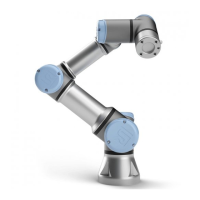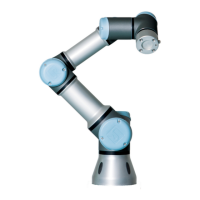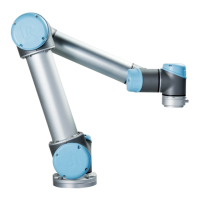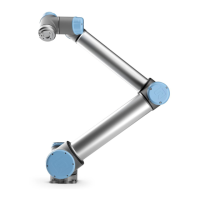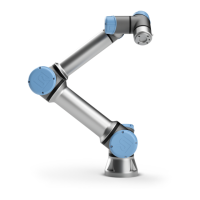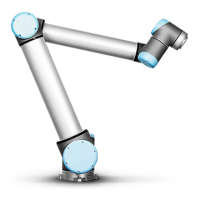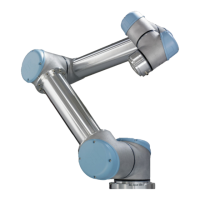Description Use the I/O Setup screen to define I/O signals and configure actions with the I/O tab
control. The types of I/O signals are listed under Input and Output.
You can use a fieldbus, for example, Profinet and EtherNet/IP, to access the general
purpose registers.
If you enable the Tool Communication Interface (TCI), the tool analog input becomes
unavailable.
I/O Signal Type To limit the number of signals listed under Input and Output, use the View drop-down
menu to change the displayed content based on signal type.
Assigning User-
defined Names
You can name the Input and Output signals to easily identify the ones being used.
1. Select the desired signal.
2. Tap the text field to type a name for the signal.
3. To reset the name to default, tap Clear.
You must provide a user-defined name for a general purpose register to make it
available in the program (i.e., for a Wait command or the conditional expression of an If
command).
The Wait and If commands are described in (19.7.4 Waiton page220) and (19.8.4 Ifon
page237), respectively. You can find named general purpose registers in the Input or
Output selector on the Expression Editor screen.
I/O Actions and
I/O Tab Control
You can use Physical and Fieldbus digital I/Os to trigger actions or react to the status of
a program.
I/O Tab Control Use I/O Tab Control to specify whether an output is controlled on the I/O tab (by either
programmers, or both operators and programmers), or if it is controlled by the robot
programs.
UR3e 282 User Manual
Copyright © 2009–2024 by UniversalRobotsA/S. All rights reserved.
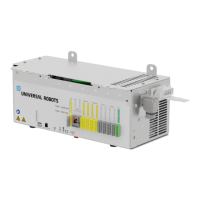
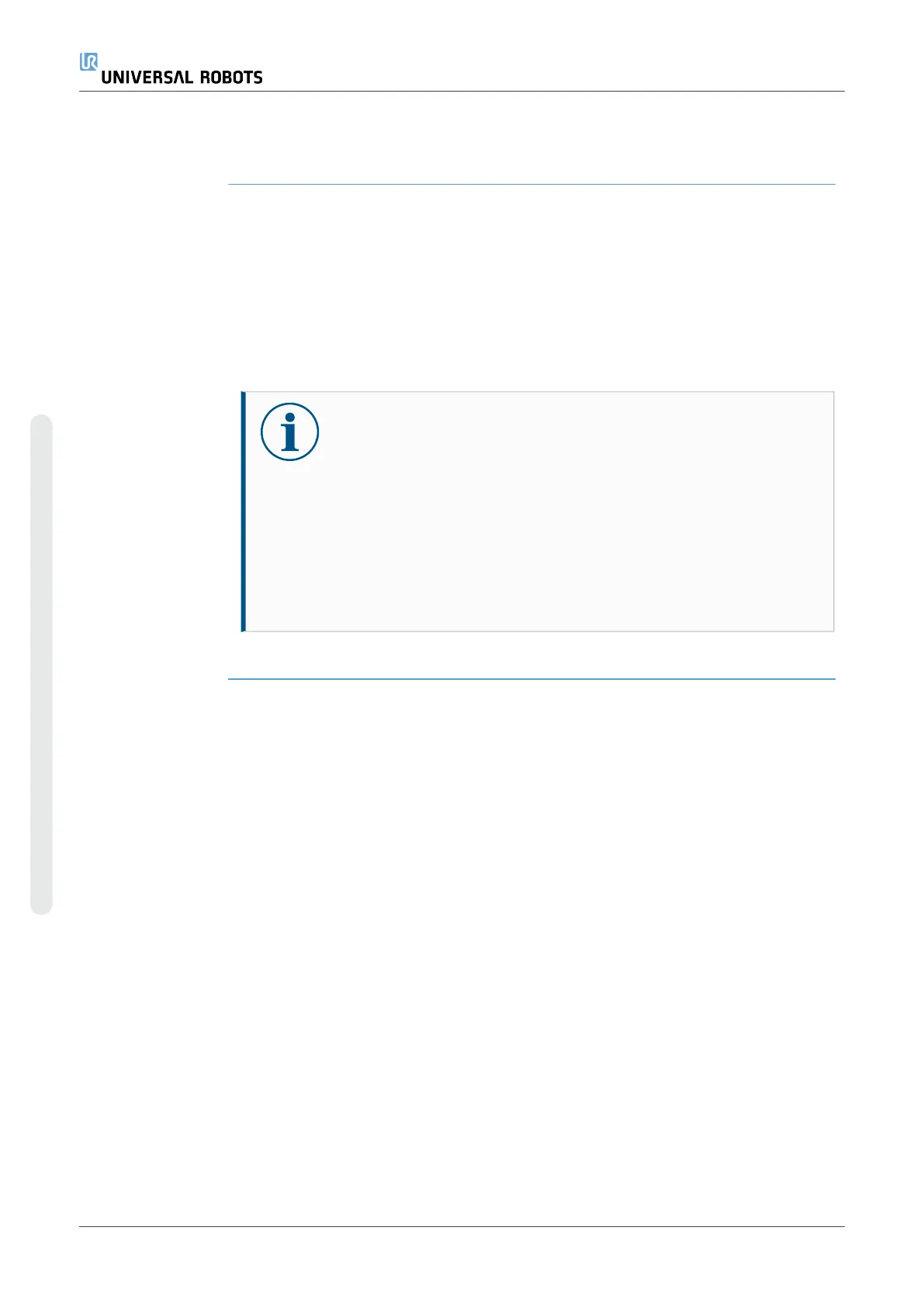